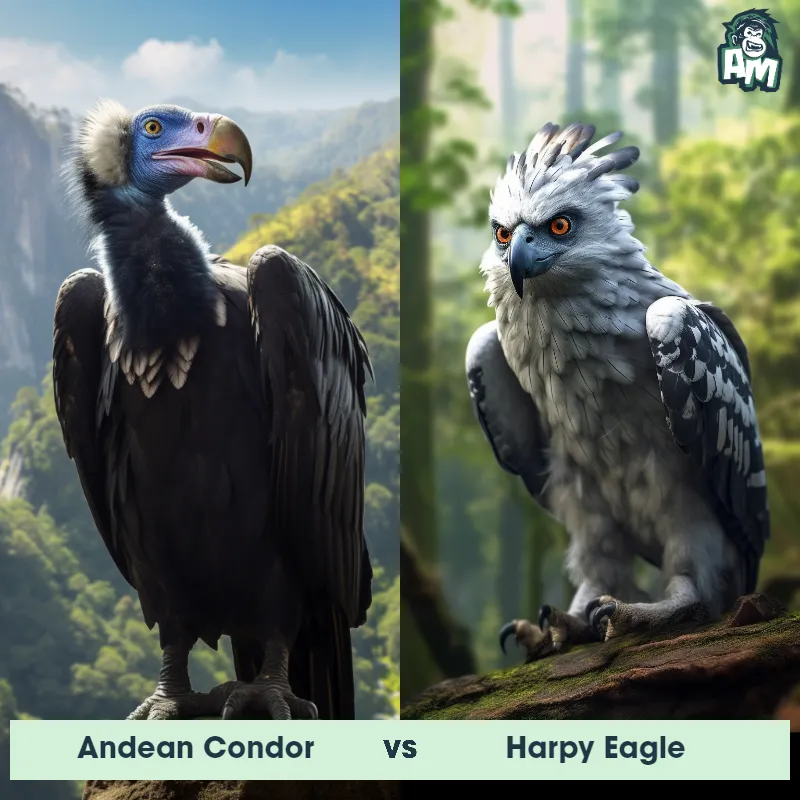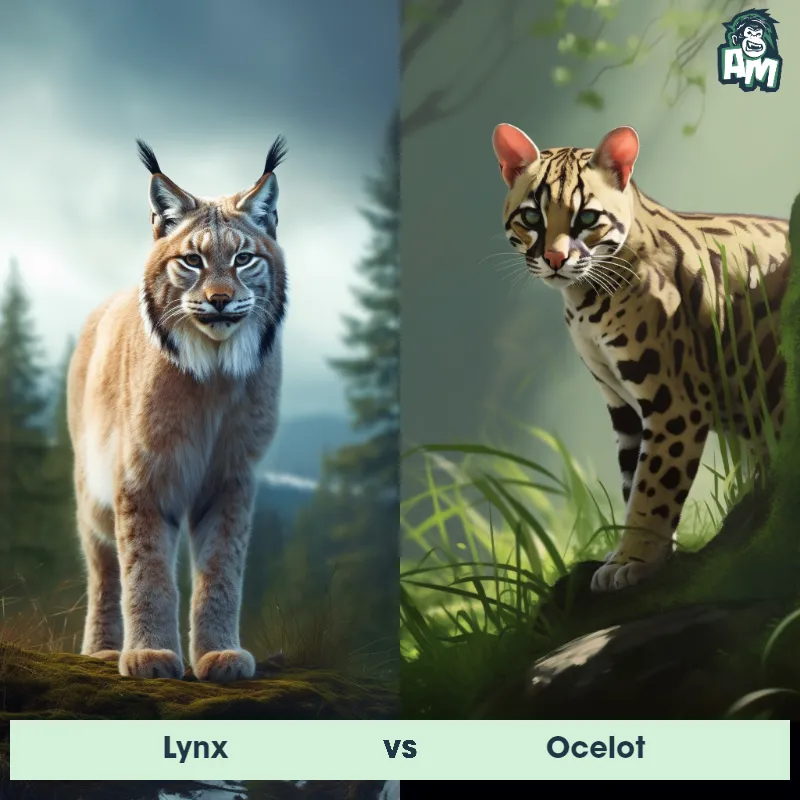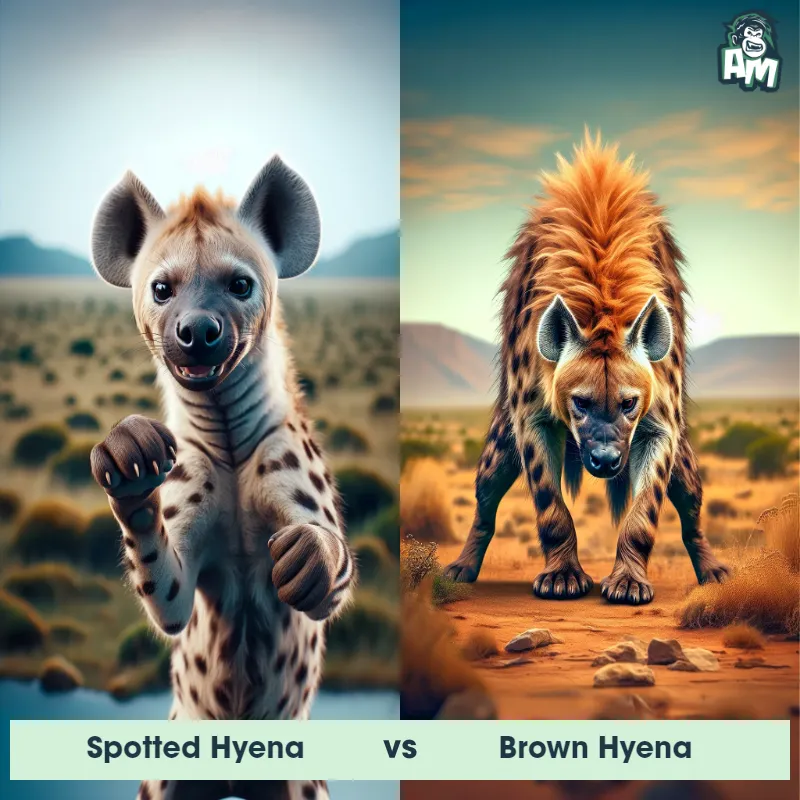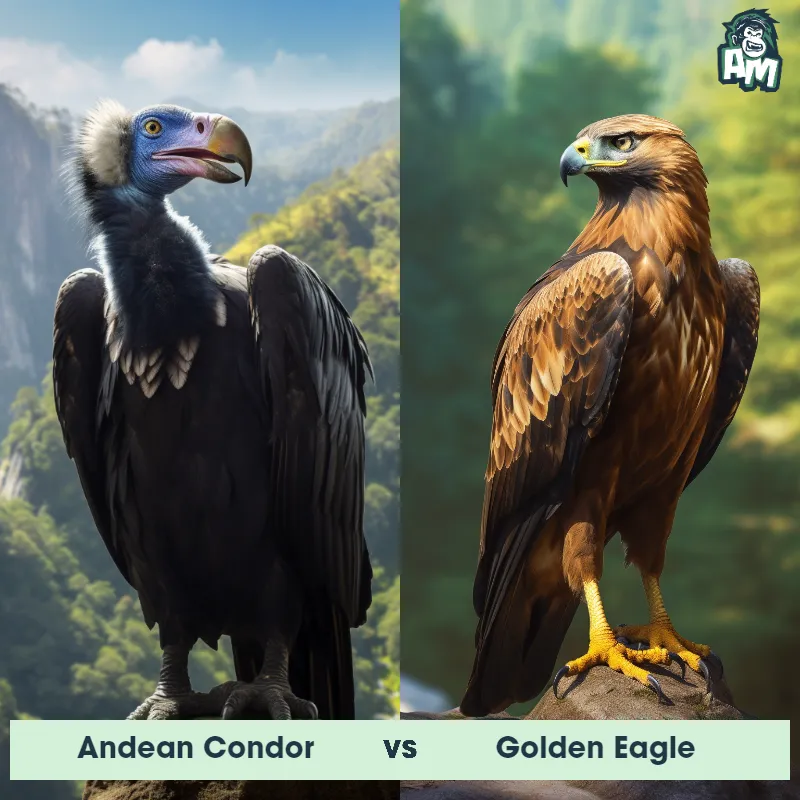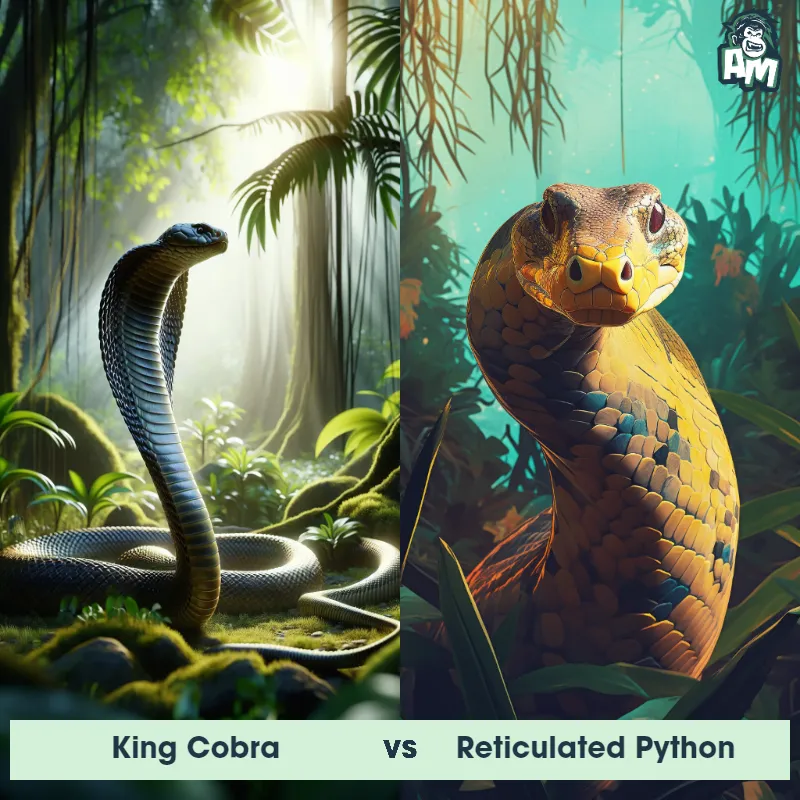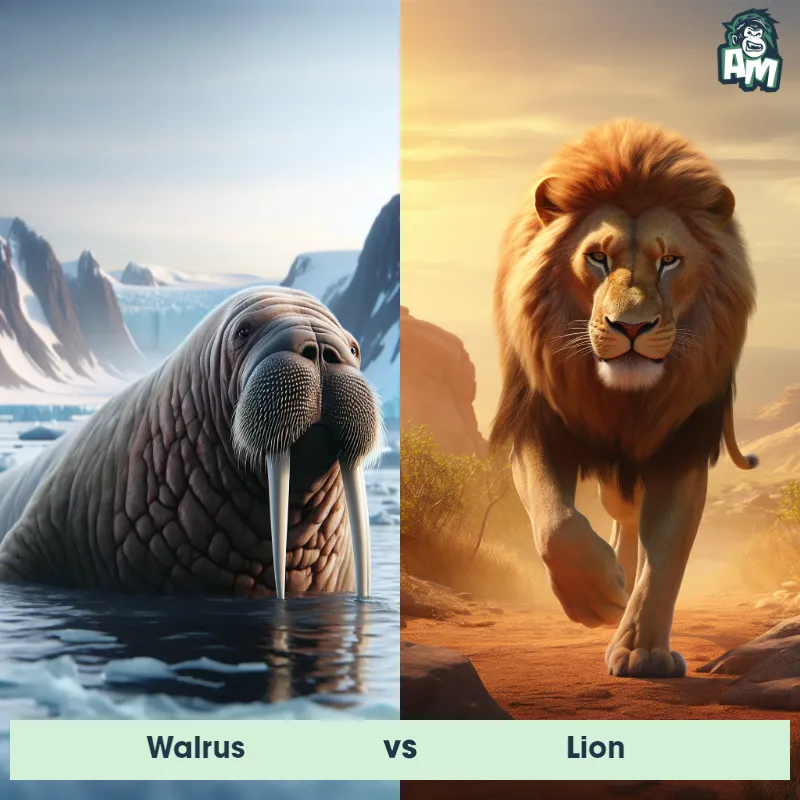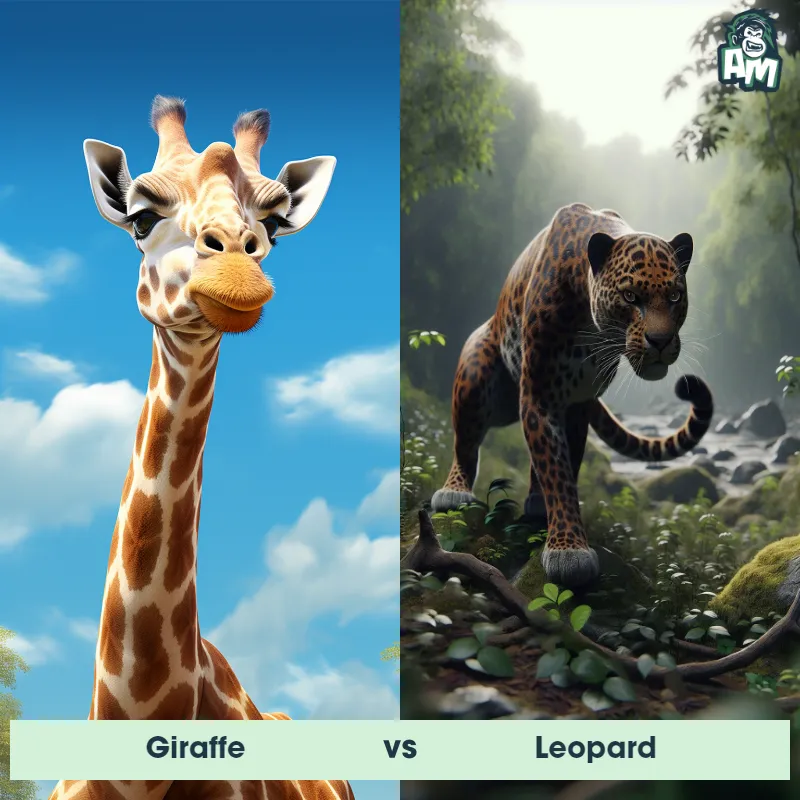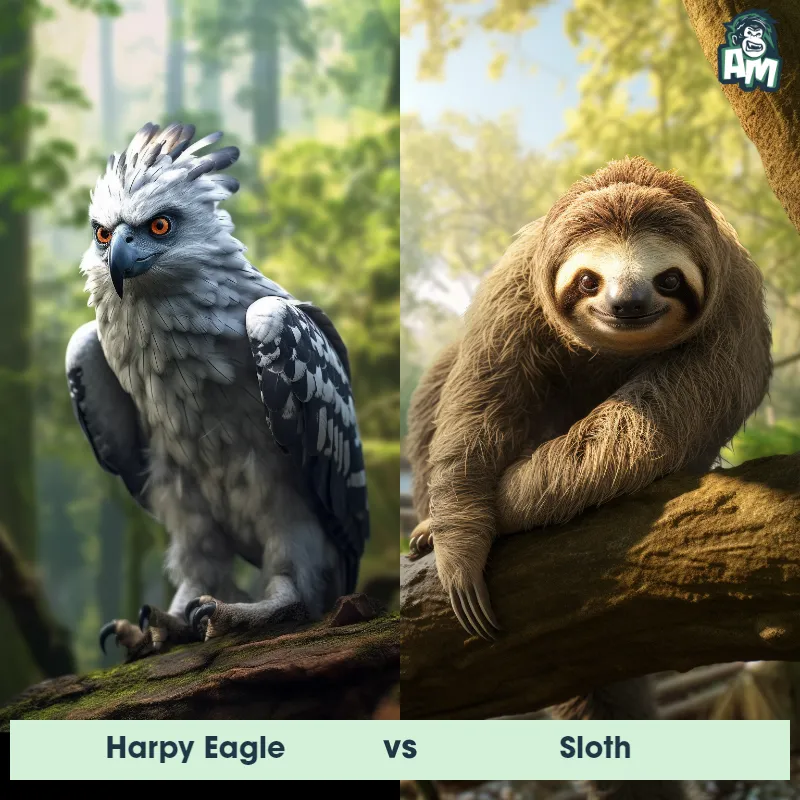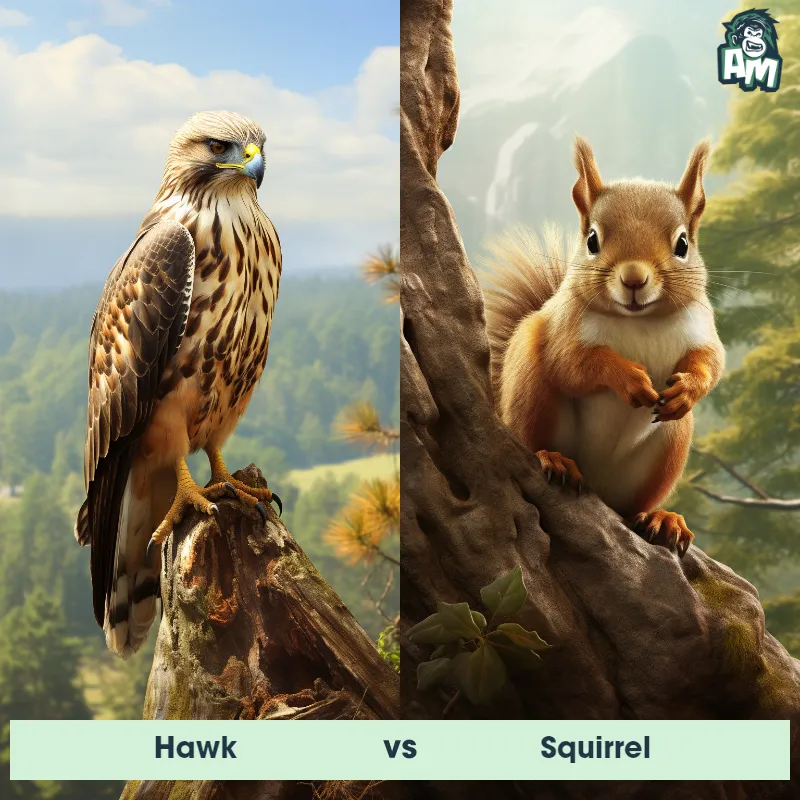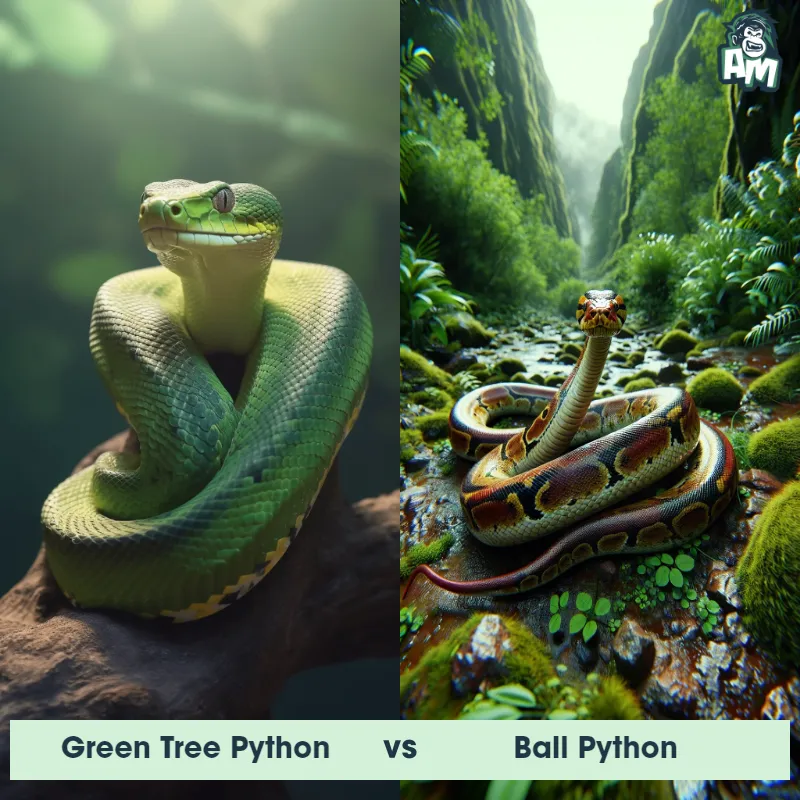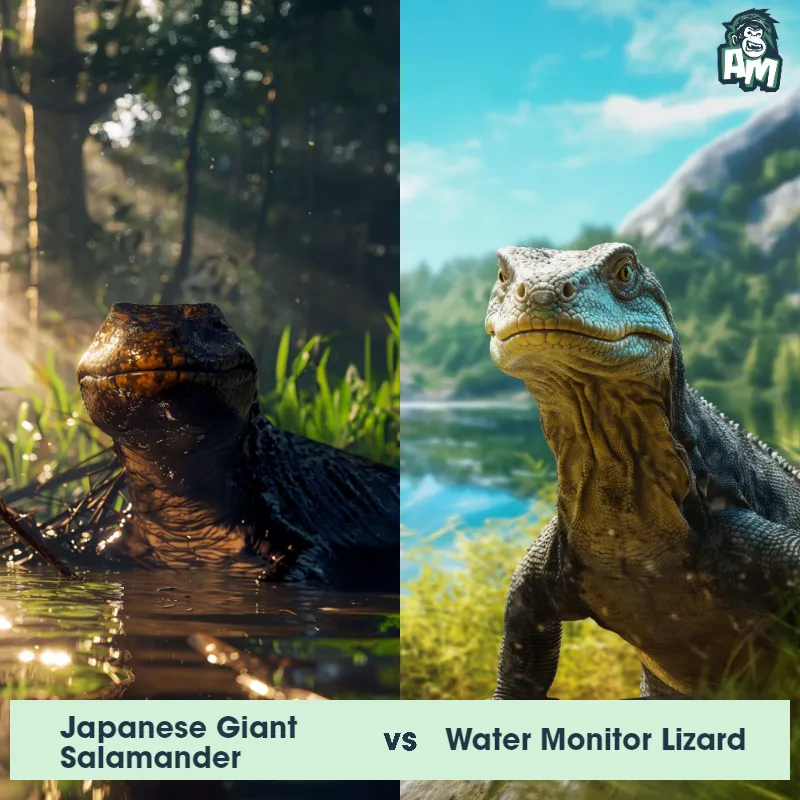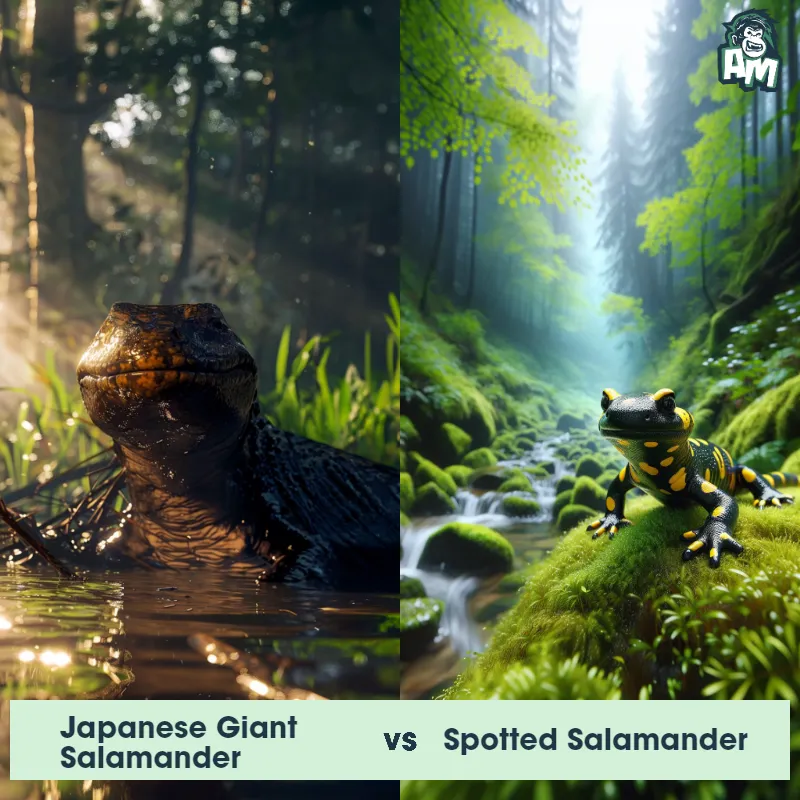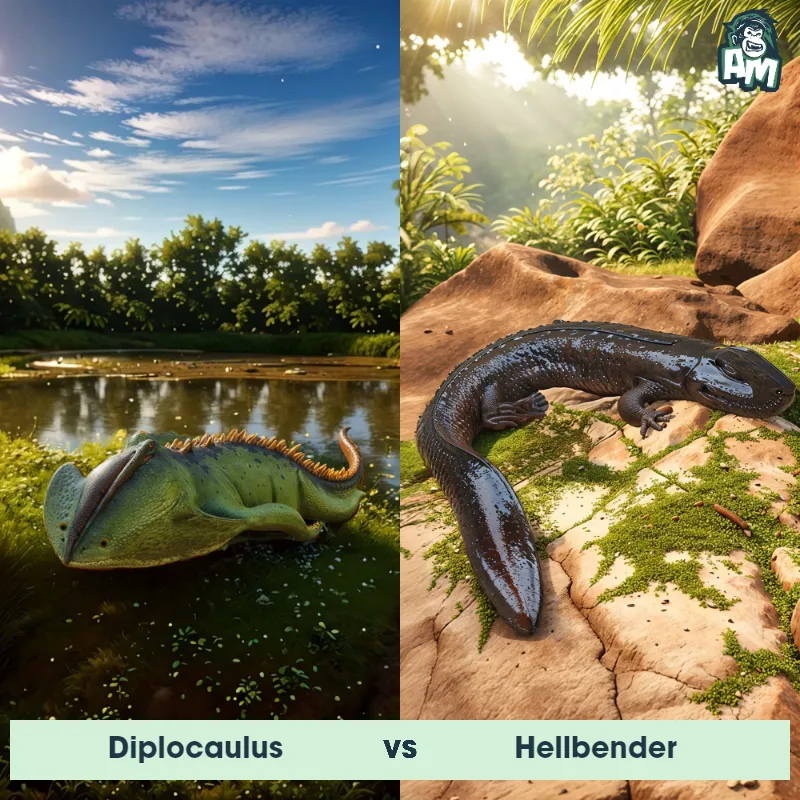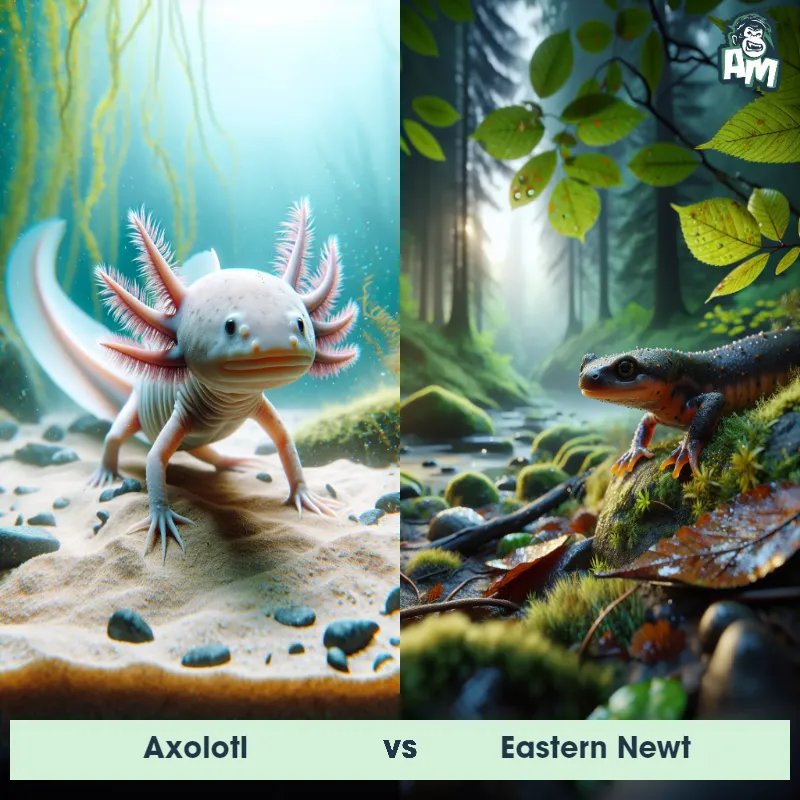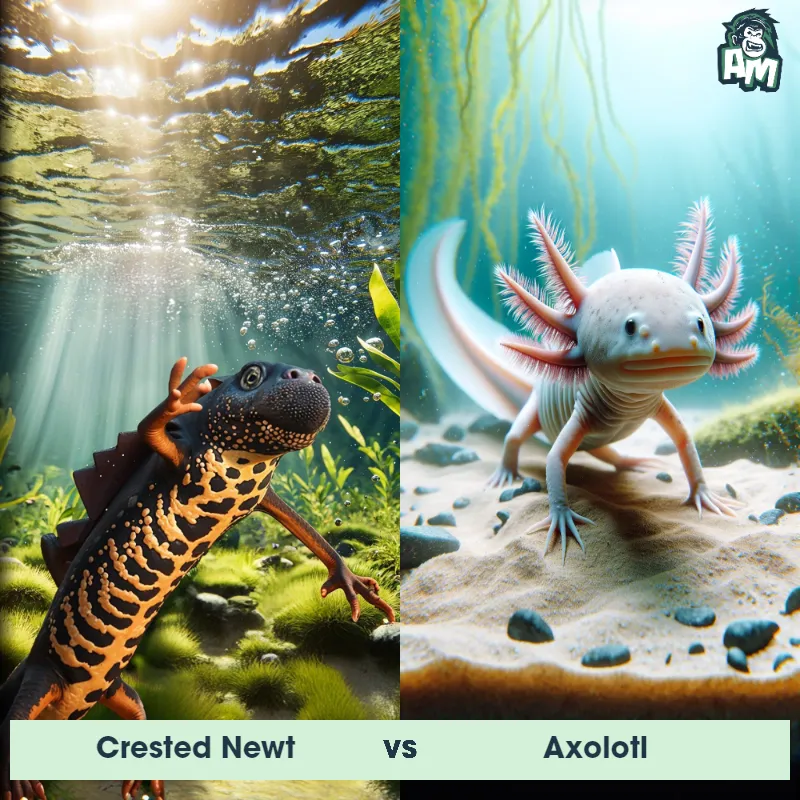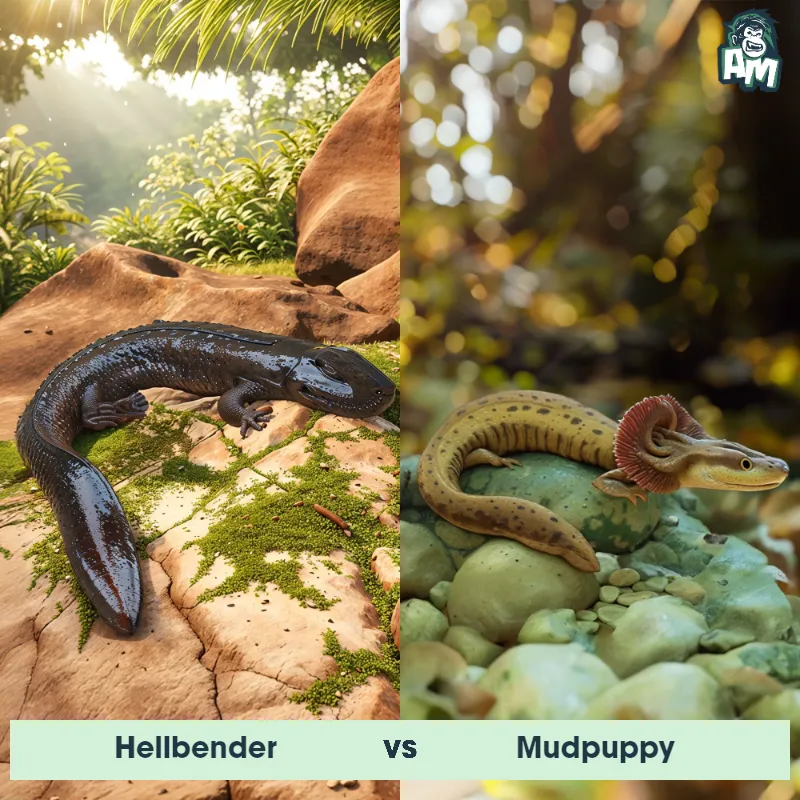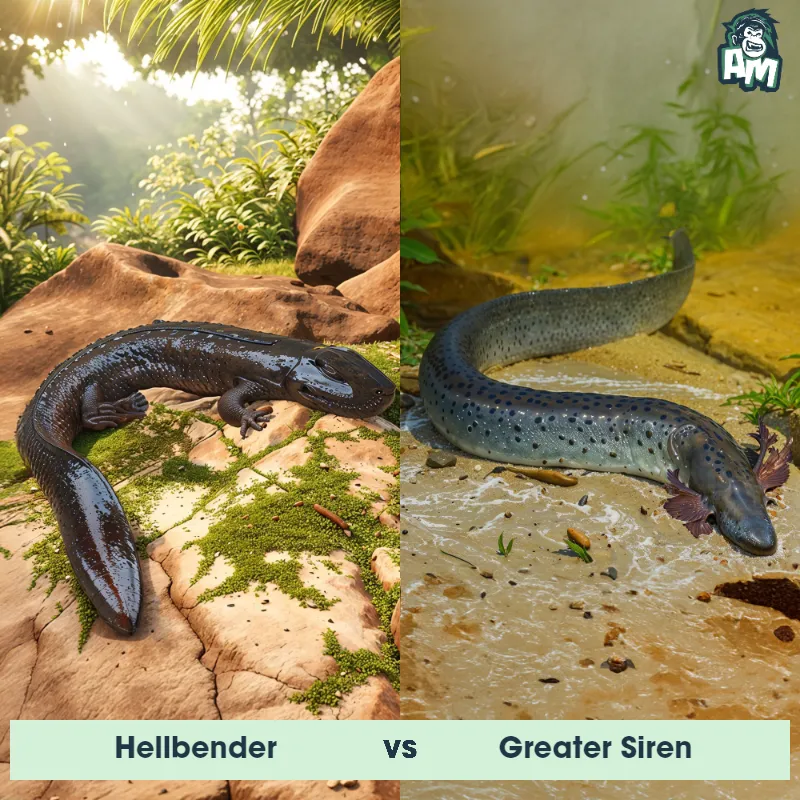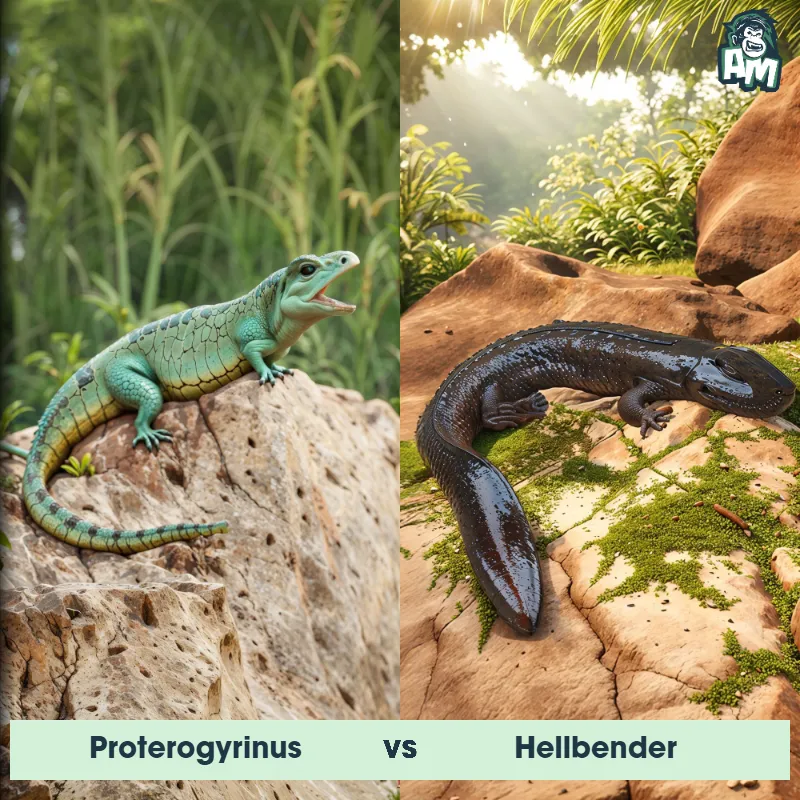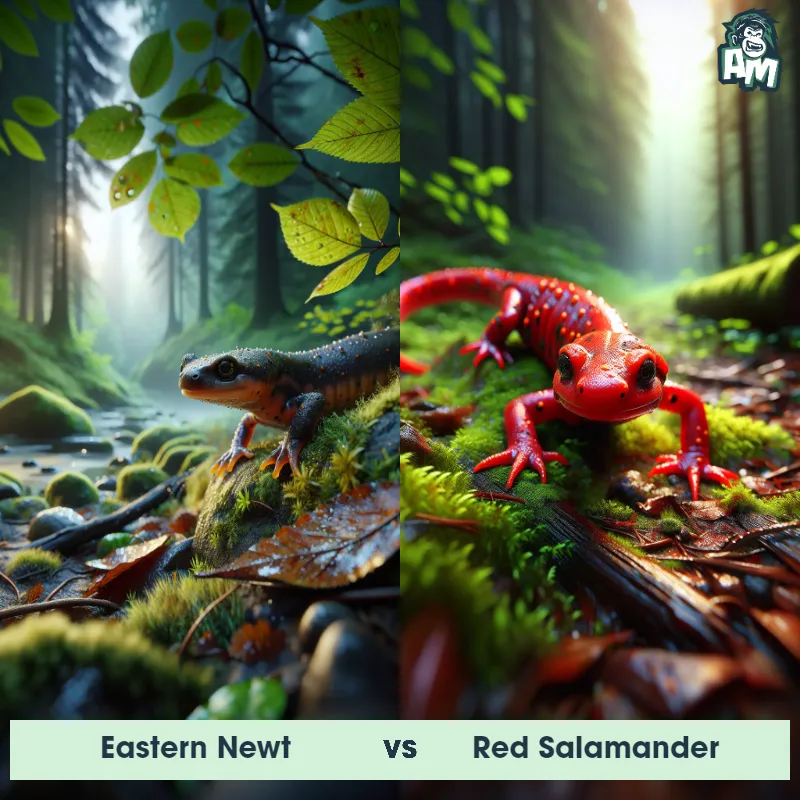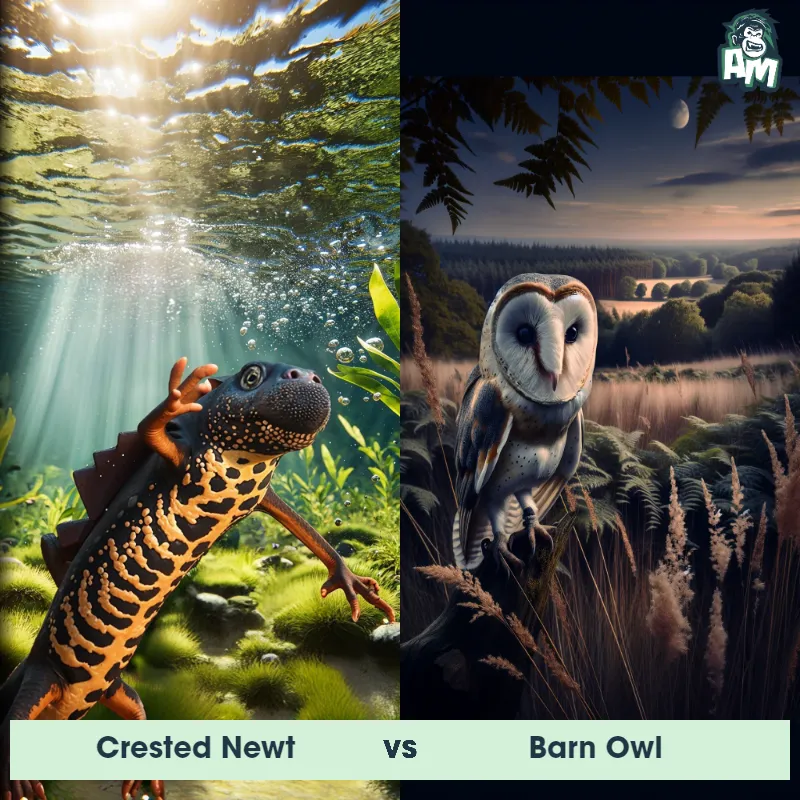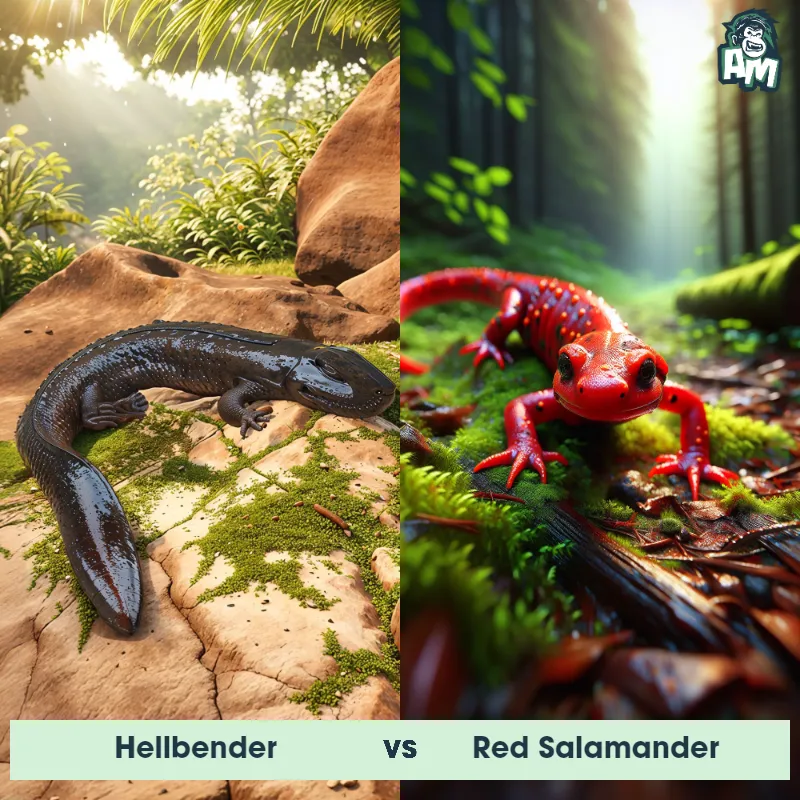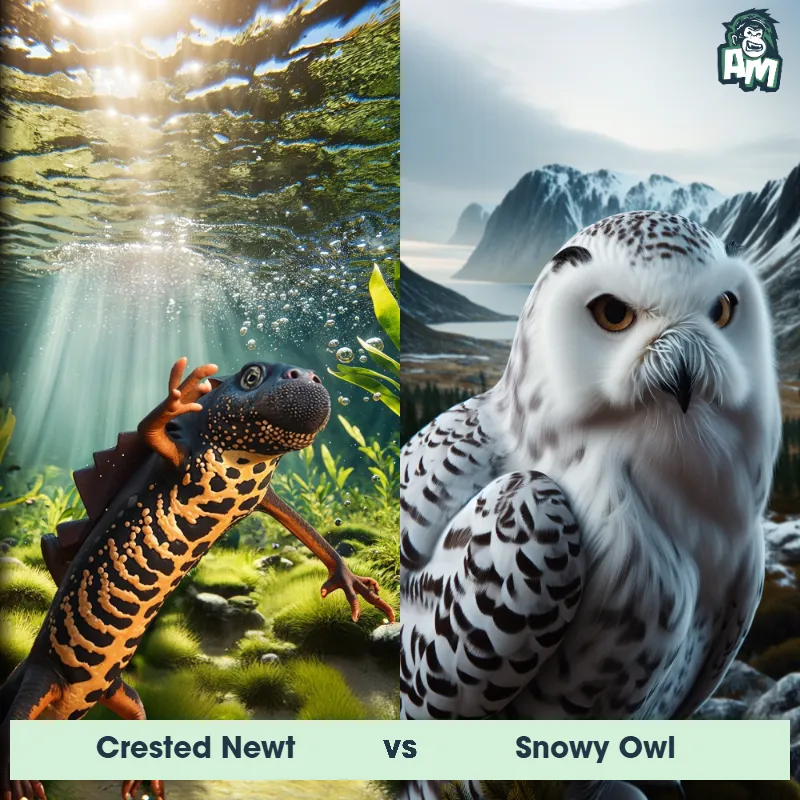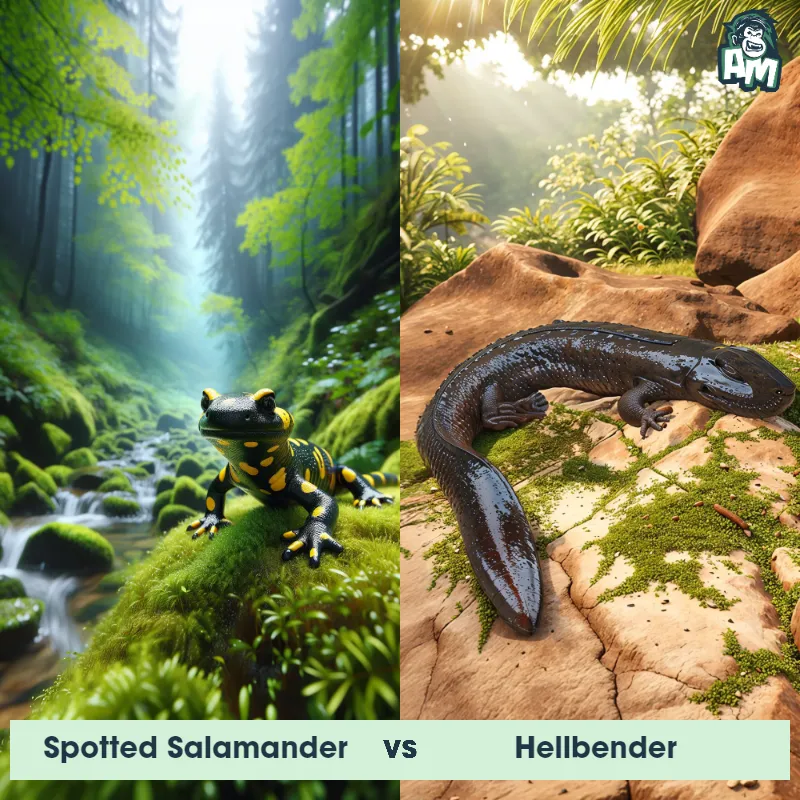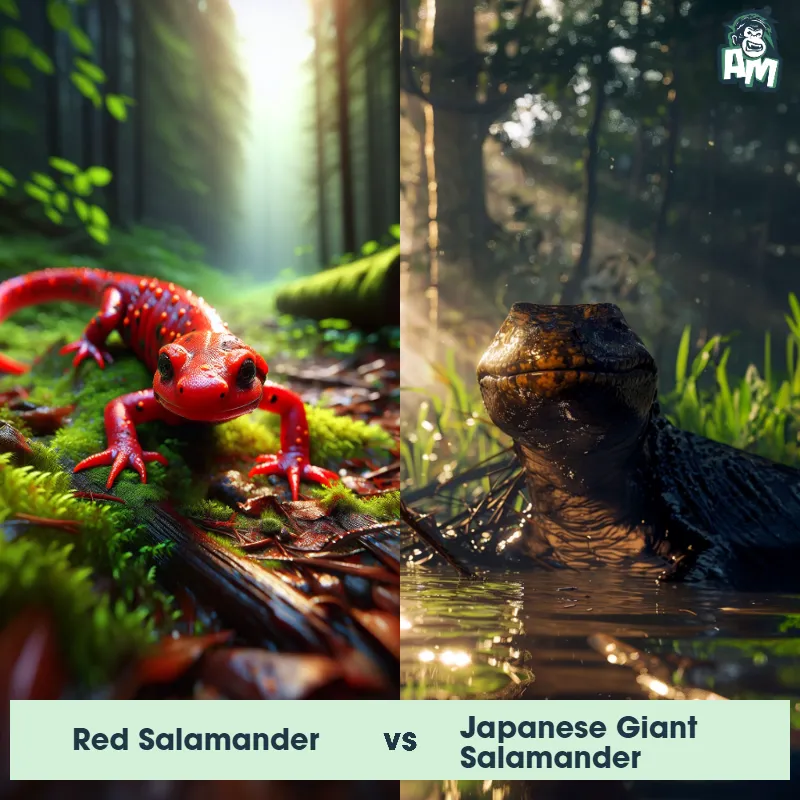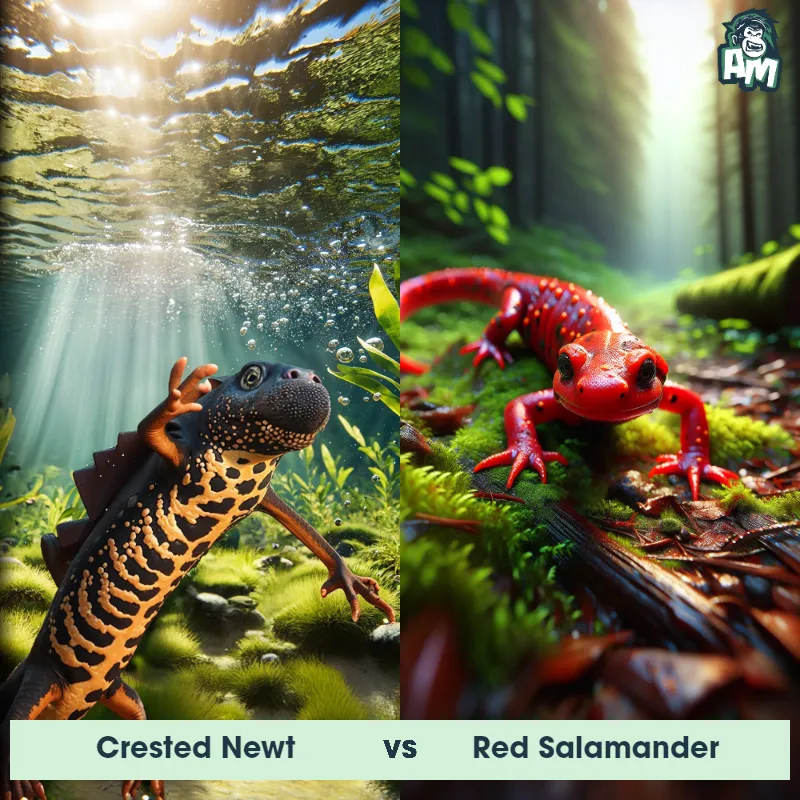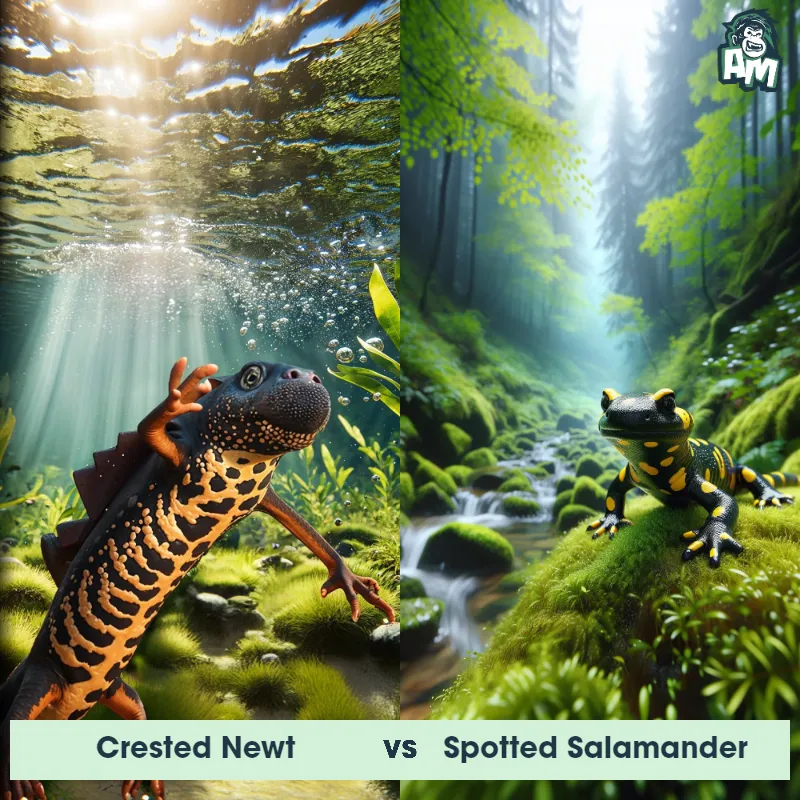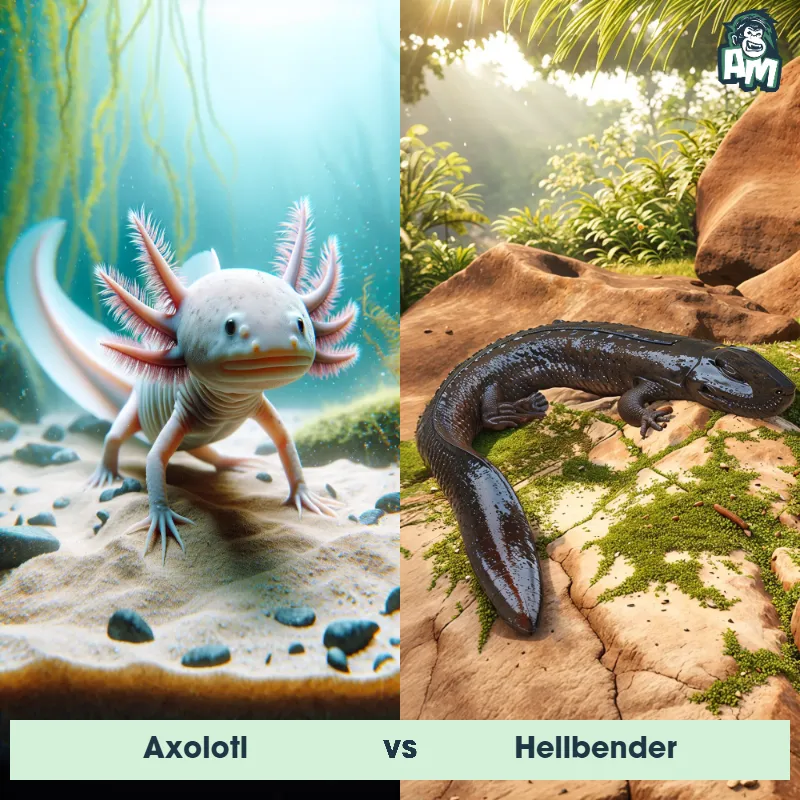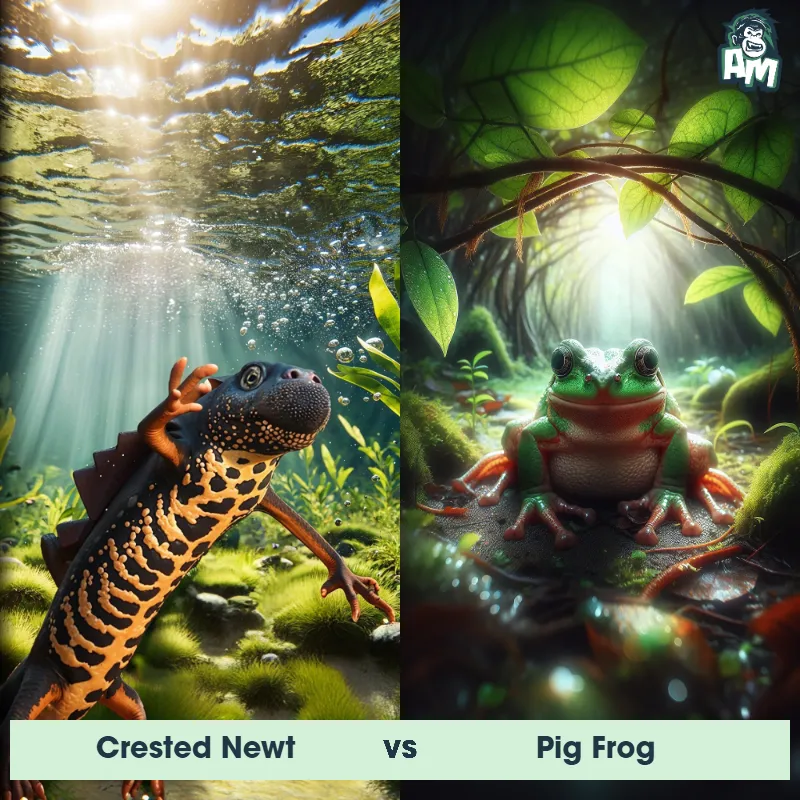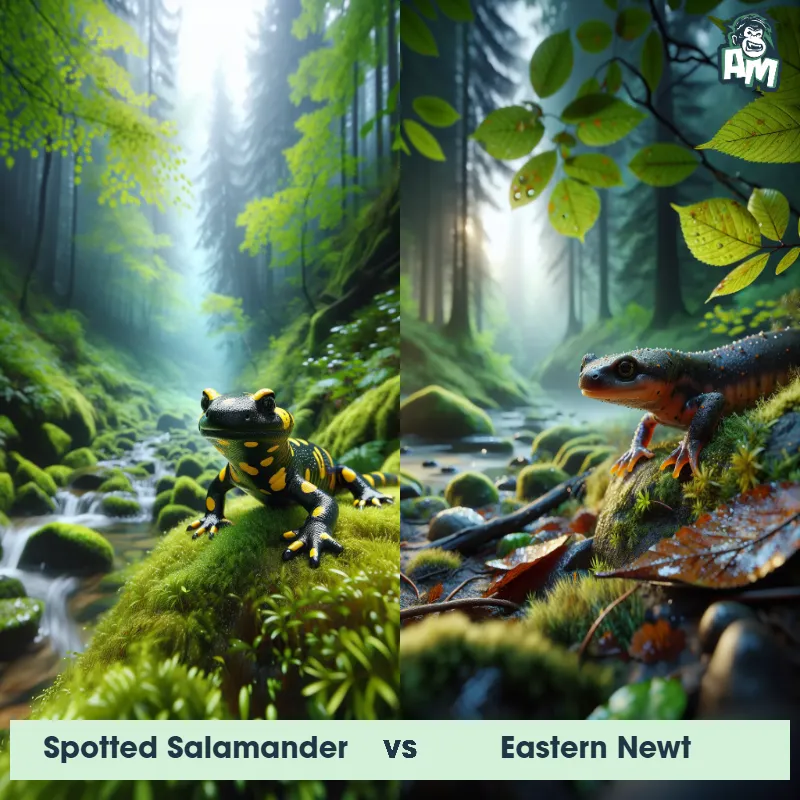Japanese Giant Salamander vs Crested NewtSee Who Wins

Welcome, everyone, to this epic matchup between the Japanese Giant Salamander and the Crested Newt. Both of these creatures are known for their impressive strength and speed, so we are in for an exciting three-round battle.
Contender 1: Japanese Giant Salamander
The Japanese Giant Salamander is one of the largest amphibians in the world, reaching lengths of up to five feet. It has a slimy, wrinkled skin that ranges in color from dark brown to reddish-brown, helping it blend into its rocky river habitat. They have small eyes, a broad head, and powerful limbs that aid in swimming and hunting for prey in the water.
Fun Fact: Japanese Giant Salamanders are known for their loud, eerie vocalizations, which can be heard echoing through the rivers at night.
Contender 2: Crested Newt
The Crested Newt, also known as the Great Crested Newt, is a species of newt found throughout Europe and parts of Asia. They are easily identifiable by their black and orange coloration, as well as the distinct jagged crest along their backs. Crested Newts are amphibious creatures that spend their time both in the water and on land, feeding on insects and small invertebrates.
Fun Fact: Crested Newts are known for their unique courtship ritual, where males perform a dance to attract females by displaying their brightly-colored undersides.
Matchup Stats
| Japanese Giant Salamander | Crested Newt | |
|---|---|---|
| Size | Up to 5 feet (1.5 meters) | Up to 6 inches (15 cm) |
| Weight | Up to 55 pounds (25 kilograms) | Up to 1 ounce (28 grams) |
| Speed | 3mph (4.8km/h) | 5mph (8km/h) |
| Key Strength | Powerful jaws for capturing prey | Agility |
| Biggest Weakness | Slow movement on land | Size |
Current Votes
Japanese Giant Salamander vs Crested Newt
See Who Wins
View More Matches
Looking For More?
Similar Matches
Scientific Stats
| Japanese Giant Salamander | Crested Newt | |
|---|---|---|
| Scientific Name | Andrias japonicus | Triturus cristatus |
| Family | Cryptobranchidae | Salamandridae |
| Habitat | Freshwater rivers and streams with rocky bottoms | Freshwater ponds, lakes, marshes |
| Geography | Japan | Europe and parts of Asia |
| Diet | Fish, insects, small mammals, aquatic invertebrates | Insects and small invertebrates |
| Lifespan | 50 years - 70 years | 5 years - 15 years |
Key Differences between Japanese Giant Salamander and Crested Newt
- Habitat: Japanese Giant Salamanders are primarily aquatic and found in fast-flowing rivers, whereas Crested Newts prefer slow-moving bodies of water such as ponds and lakes.
- Color: Japanese Giant Salamanders are dark brown or black with blotchy white markings, while Crested Newts have a brightly colored body with orange, black, and yellow markings.
- Size: The Japanese Giant Salamander can grow up to 5 feet in length, whereas the Crested Newt typically ranges from 2 to 6 inches long.
- Behavior: Japanese Giant Salamanders are nocturnal and solitary animals, whereas Crested Newts are diurnal and often seen in groups during the breeding season.
- Tail shape: Japanese Giant Salamanders have a paddle-like tail for swimming, while Crested Newts have a long, slender tail for propulsion through the water.
- Skin texture: The skin of Japanese Giant Salamanders is rough and granular, while Crested Newts have smooth skin with a warty appearance.



